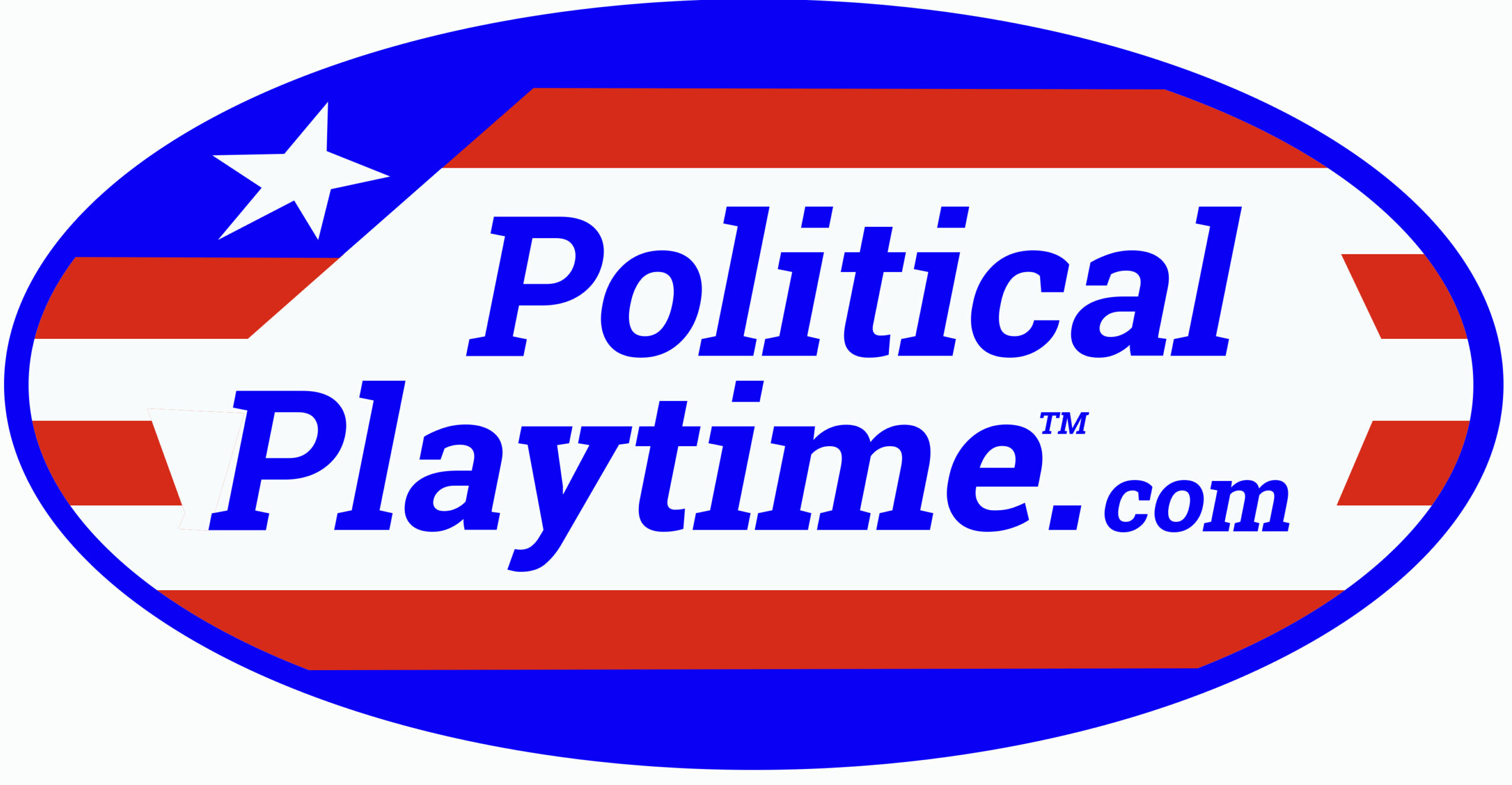From Lincoln to Trump: How the Republican Party Drifted From Its Roots
By Political Playtime
September 18, 2025
When Abraham Lincoln co-founded the Republican Party in the 1850s, its mission was both radical and unifying: to oppose the expansion of slavery and preserve the Union. The “party of Lincoln” stood for a strong federal government, a moral vision of equality before the law, and national unity. Over time, the party evolved into a champion of business, limited government, and conservative social values—but the through line was governance within the mainstream of American politics.
In recent decades, however, the Republican Party has undergone a transformation that many scholars describe as radicalization. The party that once sought consensus and pragmatic coalition-building now often defines itself by rejection: of institutions, expertise, and even electoral outcomes that do not favor it.
Historical Roots and Early Shifts
The Republican Party began as a coalition of abolitionists, northern industrialists, and reformers. After the Civil War, it became the steward of Reconstruction, extending rights to formerly enslaved people. By the early 20th century, Republicans like Theodore Roosevelt promoted progressive reforms, including trust-busting and environmental conservation.
The party’s ideological shift began in earnest after the New Deal, as Republicans positioned themselves as the party of smaller government and fiscal restraint. By the 1960s, with the passage of civil rights legislation and Richard Nixon’s “Southern Strategy,” the GOP began attracting white Southern voters wary of desegregation, fundamentally reshaping its electoral base.
The Modern Drift Toward Radicalization
1. Polarization and ideology over pragmatism
Since the 1990s, congressional Republicans have embraced ever more rigid ideological positions. The 1994 “Contract with America” marked a hard turn toward partisan confrontation, and subsequent years saw compromise increasingly treated as betrayal.
2. Influence of populism and media ecosystems
The rise of conservative media outlets created echo chambers that rewarded outrage over governance. Leaders like Newt Gingrich and later Donald Trump capitalized on this environment, framing politics as existential struggle rather than negotiation.
3. Undermining of institutions
Challenges to the legitimacy of elections—culminating in the January 6th, 2021 attack on the U.S. Capitol—illustrate how a faction of the party has moved away from democratic norms. While not all Republicans embraced such tactics, the refusal by many to repudiate them has deepened the perception of radicalization.
4. Policy priorities driven by grievance
Rather than advancing detailed policy platforms, parts of today’s GOP focus heavily on cultural battles—immigration, gender, education—while offering less on governance basics such as healthcare reform or climate adaptation.
Consequences and the Road Ahead
This drift has produced short-term electoral gains but at a cost. The Republican Party has narrowed its coalition, alienating moderates and independents while energizing its base. Its stance has made bipartisan compromise difficult, contributing to government shutdowns, legislative gridlock, and public distrust.
Some voices inside the party call for a return to its roots: fiscal responsibility, personal liberty, and constructive governance. Whether these voices can redirect the party remains uncertain. What is clear is that a two-party system depends on both parties operating within a framework of shared democratic norms.
Conclusion
The Republican Party’s journey from Lincoln’s coalition of reformers to today’s fractured, grievance-driven movement illustrates how political institutions can evolve—and radicalize—under pressure. For American democracy to function, the GOP must reconcile its past with its present, choosing whether to remain a party of governance or risk becoming a permanent party of protest.


